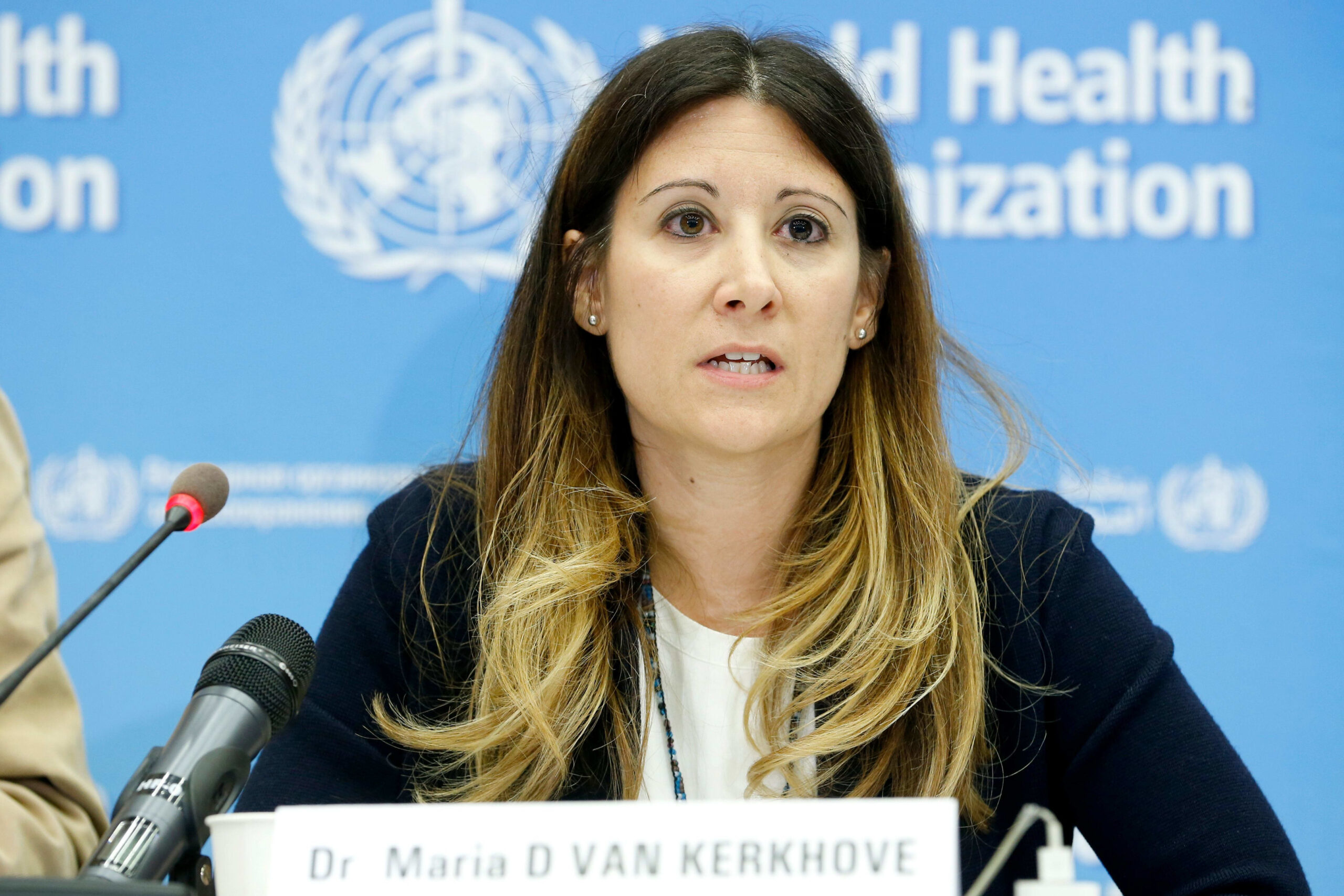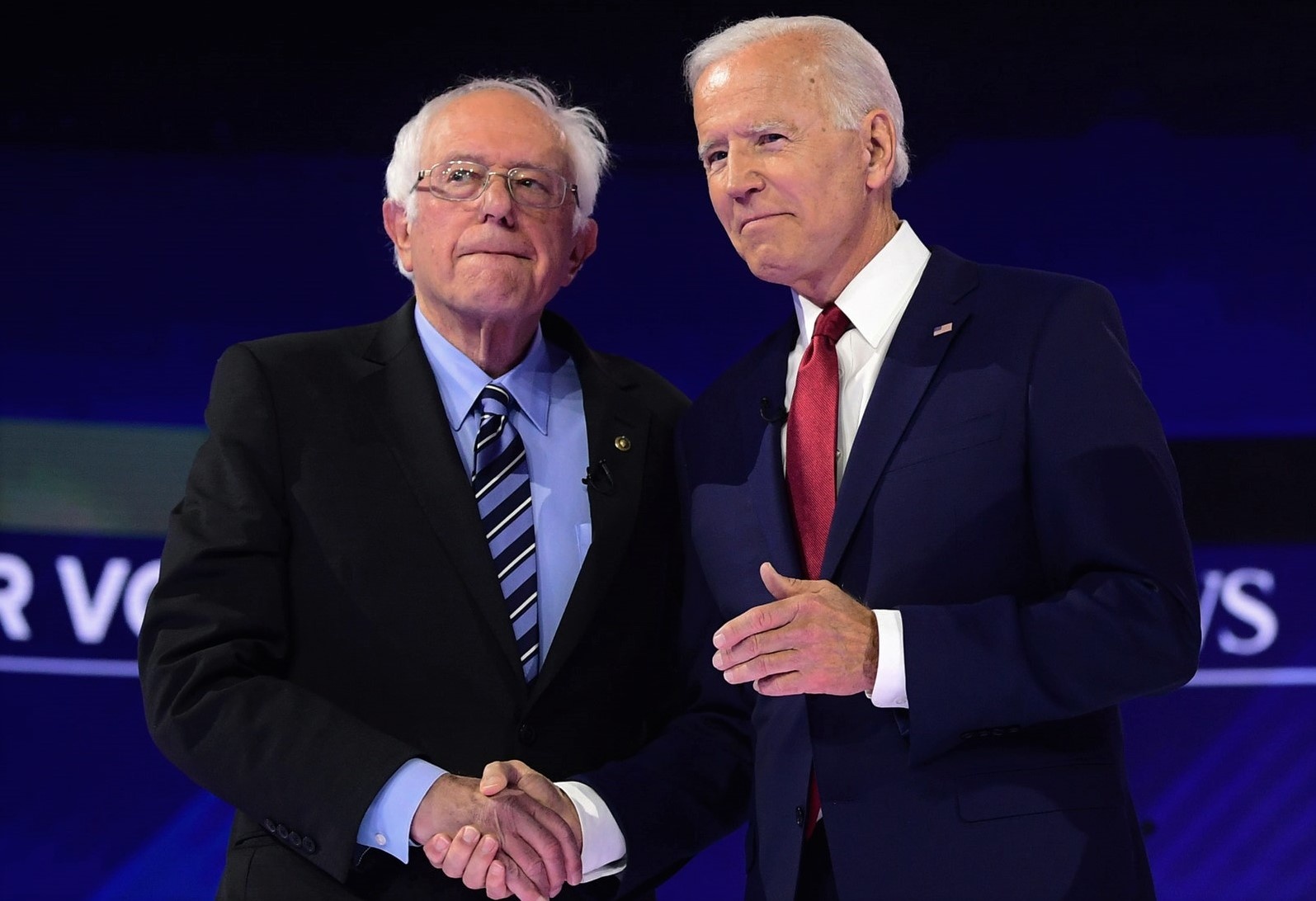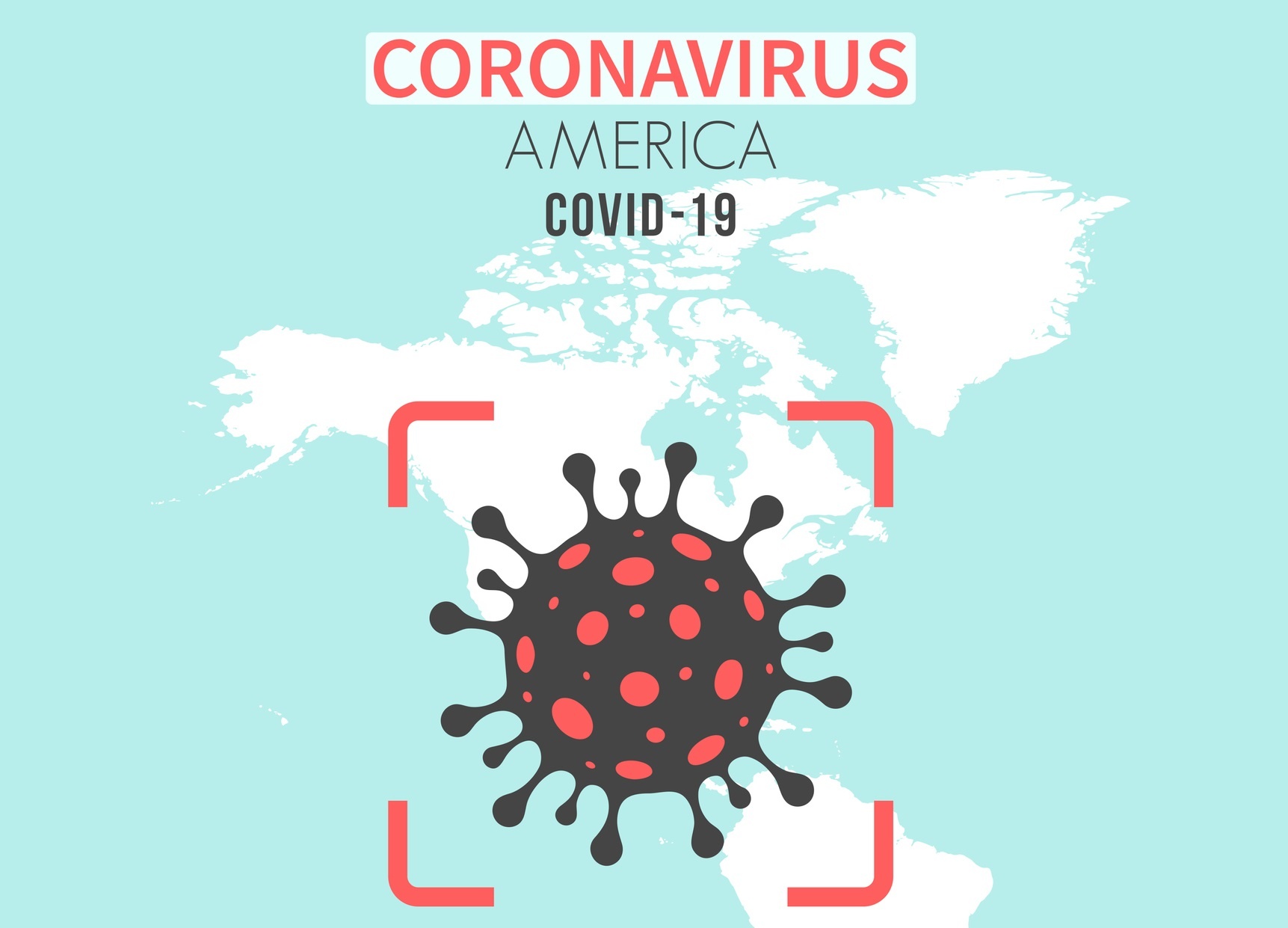
Coronavirus Updates: Can Asymptomatic Carriers SpreadCOVID-19?

Could Vitamin D Help Treat COVID-19?

Why You Should Join Workers From Amazon, Walmart, and FedEx in the May 1st General Strike

Climate Connections: Climate Change and Coronavirus Could Have Similar Solutions

Donald Trump Is Encouraging His Supporters to Spread Death

Why Is Bernie Sanders Endorsing Joe Biden—While Staying on the Ballot?

What Is Hantavirus and Should We Be Worried About a New Pandemic?

